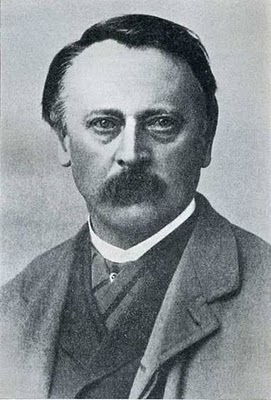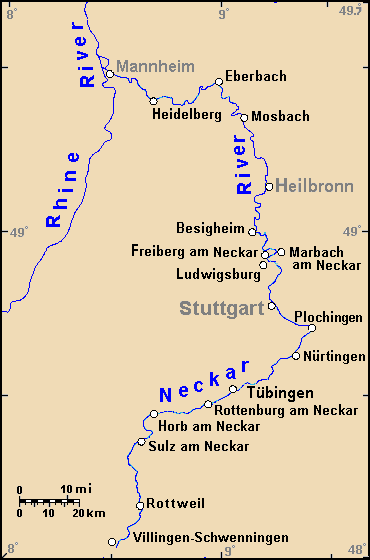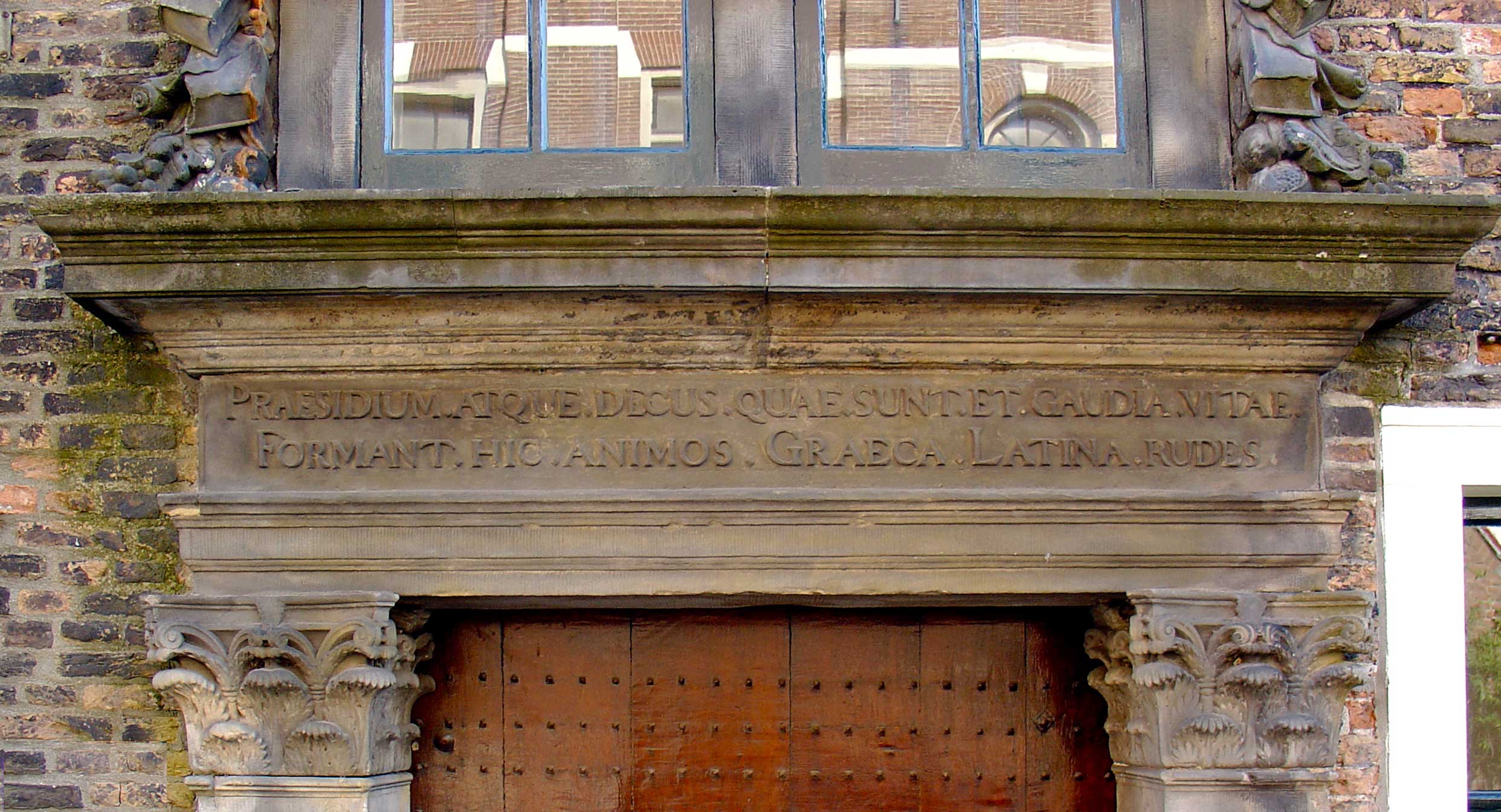|
Leonhart Fuchs
Leonhart Fuchs (; 17 January 1501 – 10 May 1566), sometimes spelled Leonhard Fuchs and cited in Latin as ''Leonhartus Fuchsius'', was a German physician and botanist. His chief notability is as the author of a large book about plants and their uses as medicines, a herbal, which was first published in 1542 in Latin. It has about 500 accurate and detailed drawings of plants, which were printed from woodcuts. The drawings are the book's most notable advance on its predecessors. Although drawings had been used in other herbal books, Fuchs' book proved and emphasized high-quality drawings as the most telling way to specify what a plant name stands for. Life Fuchs was born in 1501 in Wemding (Marktplatz 5), near Donauwörth in Donau-Ries in the then Duchy of Bavaria, as the youngest son of Johann (Hans) Fuchs and his wife Anna Denten. His father was the town Burgomaster, and both parents came from families of municipal councillors (''Ratsherr''). The exact date of his b ... [...More Info...] [...Related Items...] OR: [Wikipedia] [Google] [Baidu] |
Heinrich Füllmaurer
Heinrich may refer to: People * Heinrich (given name), a given name (including a list of people with the name) * Heinrich (surname), a surname (including a list of people with the name) *Hetty (given name), a given name (including a list of people with the name) Places * Heinrich (crater), a lunar crater * Heinrich-Hertz-Turm, a telecommunication tower and landmark of Hamburg, Germany Other uses * Heinrich event, a climatic event during the last ice age * Heinrich (card game), a north German card game * Heinrich (farmer), participant in the German TV show a ''Farmer Wants a Wife'' * Heinrich Greif Prize, an award of the former East German government * Heinrich Heine Prize, the name of two different awards * Heinrich Mann Prize, a literary award given by the Berlin Academy of Art * Heinrich Tessenow Medal, an architecture prize established in 1963 * Heinrich Wieland Prize, an annual award in the fields of chemistry, biochemistry and physiology * Heinrich, known as Haida in Ja ... [...More Info...] [...Related Items...] OR: [Wikipedia] [Google] [Baidu] |
Donauwörth
Donauwörth () is a town and the capital of the Donau-Ries district in Swabia, Bavaria, Germany. It is said to have been founded by two fishermen where the rivers Danube (Donau) and Wörnitz meet. The city is part of the scenic route called "Romantische Straße" ( Romantic Road). The city is situated between Munich and Nuremberg, 46 km north of Augsburg. History Donauwörth grew up in the course of the 11th and 12th centuries under the protection of the castle of Mangoldstein, became in the 13th century a seat of Duke Ludwig II of Bavaria, who, however, soon withdrew to Munich to escape from his wife, Duchess Maria of Brabant, whom he had there beheaded on an unfounded suspicion of infidelity. The town received the freedom of the Holy Roman Empire in 1308, and maintained its position in spite of the encroachments of Bavaria till 1607, when the interference of the Protestant inhabitants with the abbot of the Heilig-Kreuz called forth an imperial law authorizing the duke o ... [...More Info...] [...Related Items...] OR: [Wikipedia] [Google] [Baidu] |
Erfurt
Erfurt () is the capital and largest city in the Central German state of Thuringia. It is located in the wide valley of the Gera river (progression: ), in the southern part of the Thuringian Basin, north of the Thuringian Forest. It sits in the middle of an almost straight line of cities consisting of the six largest Thuringian cities forming the central metropolitan corridor of the state, the "Thuringian City Chain" ('' Thüringer Städtekette'') with more than 500,000 inhabitants, stretching from Eisenach in the west, via Gotha, Erfurt, Weimar and Jena, to Gera in the east. Erfurt and the city of Göttingen in southern Lower Saxony are the two cities with more than 100,000 inhabitants closest to the geographic center of Germany. Erfurt is located south-west of Leipzig, north-east of Frankfurt, south-west of Berlin and north of Munich. Erfurt's old town is one of the best preserved medieval city centres in Germany. Tourist attractions include the Merchants' Bridge ... [...More Info...] [...Related Items...] OR: [Wikipedia] [Google] [Baidu] |
Horace
Quintus Horatius Flaccus (; 8 December 65 – 27 November 8 BC), known in the English-speaking world as Horace (), was the leading Roman lyric poet during the time of Augustus (also known as Octavian). The rhetorician Quintilian regarded his '' Odes'' as just about the only Latin lyrics worth reading: "He can be lofty sometimes, yet he is also full of charm and grace, versatile in his figures, and felicitously daring in his choice of words."Quintilian 10.1.96. The only other lyrical poet Quintilian thought comparable with Horace was the now obscure poet/metrical theorist, Caesius Bassus (R. Tarrant, ''Ancient Receptions of Horace'', 280) Horace also crafted elegant hexameter verses ('' Satires'' and '' Epistles'') and caustic iambic poetry ('' Epodes''). The hexameters are amusing yet serious works, friendly in tone, leading the ancient satirist Persius to comment: "as his friend laughs, Horace slyly puts his finger on his every fault; once let in, he plays about the heartst ... [...More Info...] [...Related Items...] OR: [Wikipedia] [Google] [Baidu] |
Terence
Publius Terentius Afer (; – ), better known in English as Terence (), was a Roman African playwright during the Roman Republic. His comedies were performed for the first time around 166–160 BC. Terentius Lucanus, a Roman senator, brought Terence to Rome as a slave, educated him and later on, impressed by his abilities, freed him. It is thought that Terence abruptly died, around the age of 25, likely in Greece or on his way back to Rome, due to shipwreck or disease. DEAD LINK He was supposedly on his way to explore and find inspiration for his comedies. His plays were heavily used to learn to speak and write in Latin during the Middle Ages and Renaissance Period, and in some instances were imitated by William Shakespeare. One famous quotation by Terence reads: "''Homo sum, humani nihil a me alienum puto''", or "I am human, and I think nothing human is alien to me." This appeared in his play '' Heauton Timorumenos''. Biography Terence's date of birth is disputed; Ae ... [...More Info...] [...Related Items...] OR: [Wikipedia] [Google] [Baidu] |
Rector (academia)
A rector (Latin for 'ruler') is a senior official in an educational institution, and can refer to an official in either a university or a secondary school. Outside the English-speaking world the rector is often the most senior official in a university, whilst in the United States the most senior official is often referred to as president and in the United Kingdom and Commonwealth of Nations the most senior official is the chancellor, whose office is primarily ceremonial and titular. The term and office of a rector can be referred to as a rectorate. The title is used widely in universities in EuropeEuropean nations where the word ''rector'' or a cognate thereof (''rektor'', ''recteur'', etc.) is used in referring to university administrators include Albania, Austria, the Benelux, Bosnia and Herzegovina, Bulgaria, Croatia, Cyprus, Czech Republic, Denmark, Estonia, Finland, Germany, Greece, Hungary, Iceland, Italy, Latvia, Malta, Moldova, North Macedonia, Poland, Portugal, Roma ... [...More Info...] [...Related Items...] OR: [Wikipedia] [Google] [Baidu] |
Heilbronn
Heilbronn () is a city in northern Baden-Württemberg, Germany, surrounded by Heilbronn District. With over 126,000 residents, it is the sixth-largest city in the state. From the late Middle Ages, it developed into an important trading centre. At the beginning of the 19th century, Heilbronn became one of the centres of early industrialisation in Württemberg. Heilbronn's old town was completely destroyed during the air raid of 4 December 1944 and rebuilt in the 1950s. Today Heilbronn is the economic centre of the Heilbronn-Franken region. Heilbronn is known for its wine industry and is nicknamed ''Käthchenstadt'', after Heinrich von Kleist's '' Das Käthchen von Heilbronn''. Geography Heilbronn is located in the northern corner of the Neckar basin at the bottom of the Wartberg (308 m). It occupies both banks of the Neckar, and the highest spot inside city limits is the Schweinsberg with a height of 372 meters. Heilbronn is adjacent to Swabian-Franconian Forest Nature Park ... [...More Info...] [...Related Items...] OR: [Wikipedia] [Google] [Baidu] |
Theodor-Heuss-Gymnasium Heilbronn
The Theodor-Heuss-Gymnasium Heilbronn is a '' Gymnasium'' in the city of Heilbronn. The roots of school date from a '' Lateinschule'' (Latin school) of the 15th century. In 1620, the school was converted into a Gymnasium. From 1827 to 1938, it was named the Karlsgymnasium. In 1880 the school moved into a new building that had been built in 1878 on the Karlstraße, where the current school is located. In 1938 the Karlsgymnasium was temporarily merged with a boys' middle school and renamed the Karlsoberschule. During World War II, an Allied air raid on December 4, 1944, destroyed the school building, which was then used as a hospital for wounded people. All teaching aids and most of the historical library that was not outsourced were consumed by the flames. Since 1950, it has been named after its most famous pupil, Theodor Heuss, the first President of the Federal Republic of Germany Germany, officially the Federal Republic of Germany (FRG),, is a country in Central Euro ... [...More Info...] [...Related Items...] OR: [Wikipedia] [Google] [Baidu] |
Latin School
The Latin school was the grammar school of 14th- to 19th-century Europe, though the latter term was much more common in England. Emphasis was placed, as the name indicates, on learning to use Latin. The education given at Latin schools gave great emphasis to the complicated grammar of the Latin language, initially in its Medieval Latin form. Grammar was the most basic part of the trivium and the Liberal arts — in artistic personifications Grammar's attribute was the birch rod. Latin school prepared students for university, as well as enabling those of middle class status to rise above their station. It was therefore not unusual for children of commoners to attend Latin schools, especially if they were expected to pursue a career within the church.Wiesner-Hanks, p122. Although Latin schools existed in many parts of Europe in the 14th century and were more open to the laity, prior to that the Church allowed for Latin schools for the sole purpose of training those who would one d ... [...More Info...] [...Related Items...] OR: [Wikipedia] [Google] [Baidu] |
German Renaissance
The German Renaissance, part of the Northern Renaissance, was a cultural and artistic movement that spread among German thinkers in the 15th and 16th centuries, which developed from the Italian Renaissance. Many areas of the arts and sciences were influenced, notably by the spread of Renaissance humanism to the various German states and principalities. There were many advances made in the fields of architecture, the arts, and the sciences. Germany produced two developments that were to dominate the 16th century all over Europe: printing and the Protestant Reformation. One of the most important German humanists was Konrad Celtis (1459–1508). Celtis studied at Cologne and Heidelberg, and later travelled throughout Italy collecting Latin and Greek manuscripts. Heavily influenced by Tacitus, he used the ''Germania'' to introduce German history and geography. Eventually he devoted his time to poetry, in which he praised Germany in Latin. Another important figure was Johann Reuc ... [...More Info...] [...Related Items...] OR: [Wikipedia] [Google] [Baidu] |
Councillor
A councillor is an elected representative for a local government council in some countries. Canada Due to the control that the provinces have over their municipal governments, terms that councillors serve vary from province to province. Unlike most provincial elections, municipal elections are usually held on a fixed date of 4 years. Finland ''This is about honorary rank, not elected officials.'' In Finland councillor (''neuvos'') is the highest possible title of honour which can be granted by the President of Finland. There are several ranks of councillors and they have existed since the Russian Rule. Some examples of different councillors in Finland are as follows: *Councillor of State: the highest class of the titles of honour; granted to successful statesmen * Mining Councillor/Trade Councillor/Industry Councillor/Economy Councillor: granted to leading industry figures in different fields of the economy *Councillor of Parliament: granted to successful statesmen *Offi ... [...More Info...] [...Related Items...] OR: [Wikipedia] [Google] [Baidu] |









